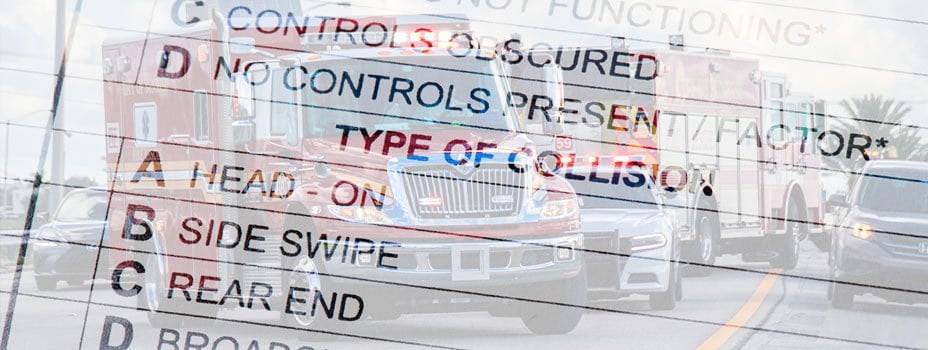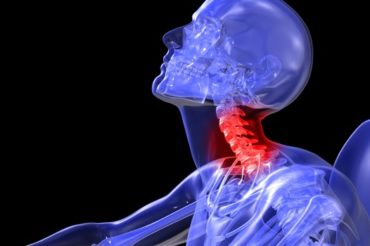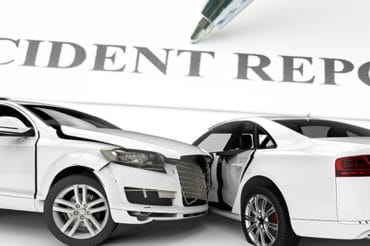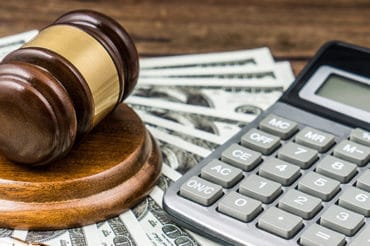
Florida Crash Reports are reports drafted by law enforcement officers after observing the scene of the crash, speaking to all interested parties and witnesses, if any. These reports contain a lot of useful information that can be used to open a claim and investigate the parties involved and how an auto accident happened.
What Information Goes On A Traffic Crash Report?

The report will be assigned an investigating agency report number and this number can be used to order the report in its entirety when it is completed. The complete report is typically ready 7-10 days after the incident while a simple driver’s exchange form (a one-page document with all the essentials to start an auto accident claim) is given to all parties at the scene.
The law enforcement officer’s name will also be on the report in addition to the time he was dispatched to the scene and time of arrival on the scene.
A Crash Report will also provide you information with regards to citations given and if there were any field sobriety tests given when there is suspicion of DUI. Citations, arrests and DUI’s are designated with various Statute numbers and those will be located at the end of the list of drivers, passengers and their demographic and insurance information.
It will also provide the investigating law enforcement officers narration of how he/she feels the auto accident happened, based on the investigation, as well as a rough drawing depicting the same. This is typically located on the last page of the crash report with the narrative followed immediately by the drawing. Each vehicle in the drawing will be assigned a number corresponding to the number given to that same vehicle throughout the report.
How a Traffic Crash Report Is Used
A Florida Traffic Crash Report will provide you anything and everything you need to investigate an incident, find the other drivers, passengers and witnesses and also file a claim through your and the other driver’s insurance company. One important note should be made, although a Florida Traffic Crash Report is useful in many ways it cannot be used by either the Plaintiff or the Defendant in Trial as it has been deemed Hearsay due to the fact it was prepared by a third party using statements of others to come to its findings.
This can be important if you were found at fault but feel the other party was in the wrong. You can argue your points on liability at Trial without fear of the other side having the Report on their side. Of course, the reverse applies if you were not found at fault such that you cannot use the Report either to bolster your liability argument.



